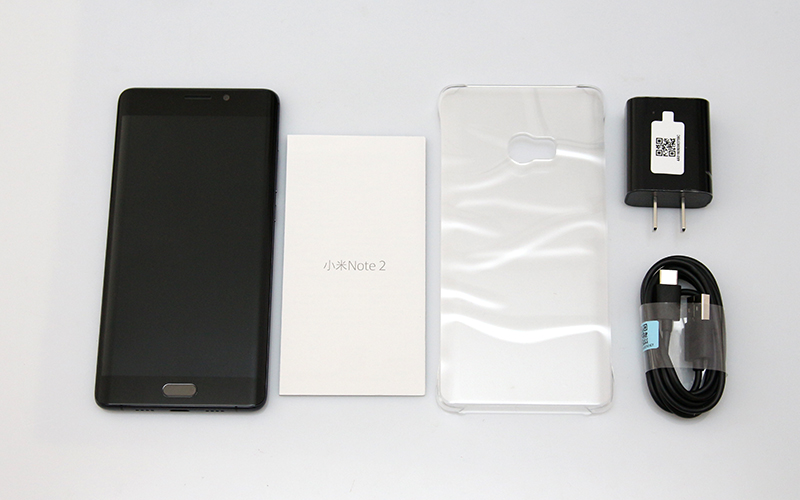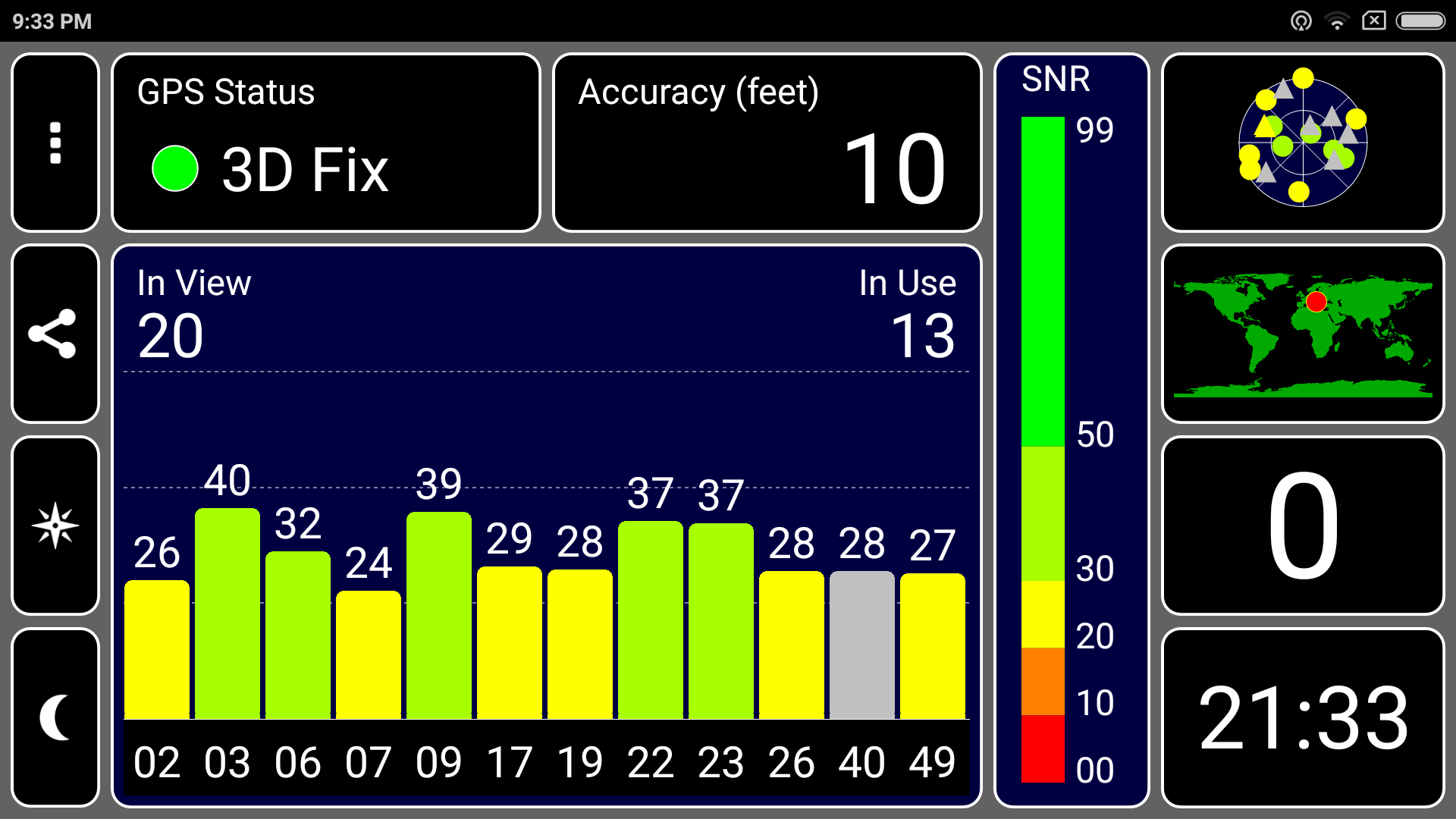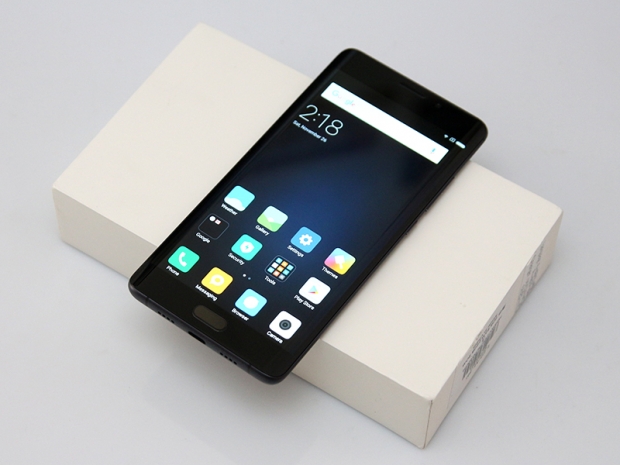Index
OS, UI and Everyday Use
The Note 2 ships with MIUI 8 and Android 6.0, with an Android 7.0 update coming soon. This is more or less standard for Xiaomi, as the company rarely launches phones running the latest version of Android.
The end-user probably won’t even tell the difference, due to the basic nature of MIUI. It’s a heavily customised solution that doesn’t merely offer a lot of skins and customization options. It’s not skin-deep, shall we say. In other words, if you pick up a Mi phone running Android 5.1.x, Android 6.x.x or Android 7.0, you’ll be hard-pressed to spot the difference in everyday operation. MIUI still feels like it borrows a lot from iOS, but to be fair to Xiaomi, it doesn’t look like a blatant iOS rip-off, at least not anymore. There’s no app drawer, MIUI incorporates a lot of exclusive features and services, some of which aren’t available outside of China, and it offers an extremely high degree of control.
This is good news for Android geeks and other power users, but at the same time in can prove problematic for users who aren’t tech savvy. MIUI requires users to spend a lot of time fine tuning various settings, and this is especially true when it comes to notification and power management. By default, MIUI tries to kill as many background processes as possible, which sounds good, but at the same time it means you’ll have to allow various apps to autostart, use data, or stay “locked” in the active position, so MIUI wouldn’t drown them to save a bit of memory.

However, once you set everything up, MIUI can be a joy to use. There’s a lot to like about Xiaomi’s UI, and its ecosystem in general. Unfortunately, we had to review the Note 2 running the official Chinese ROM, as the Global ROM was not available at press time. It should show up soon though, as this particular phone started shipping just a few weeks ago. The problem with the Chinese ROM is that you’ll have to install end set up Google services. On the Global ROM, you’d get them out of the box, with less bloat preinstalled solely for the Chinese market.
So, nothing special in the software department, but what does the Mi Note 2 feel like in real life? Pretty good, actually. It’s a well-rounded device on most fronts. While it’s a rather big phone, it feels quite a bit smaller on account of its curved sides. Bear in mind that it still has a bigger footprint than Samsung’s duly departed Note 7.
The subjective feeling is good, because the phone is symmetrical, unlike Samsung’s curved phones. It looks and feels like a premium slab of curved glass on both sides, and in some respects, we like Xiaomi’s approach more than Samsung’s. While Samsung has bigger curves, they don’t exactly add value to its Edge series devices. Sure, there’s some additional functionality, but curved displays are mostly a gimmick. Xiaomi didn’t even bother coming up with specific UI features for curved displays, nor did it need to, because the display is just slightly curved.
While the Note 2 looks awesome, it also suffers from the standard foibles associated with glass phones. Yep, you can get a lot of fingerprints on that glossy back, and yeah, it will shatter if you’re not careful. The good news is that Xiaomi is using Gorilla Glass 4 on both sides of the device, so don’t expect any scratches.
The tactile feeling is exquisite (unsurprising given the choice of materials and pricing), but it’s not perfect. Glass doesn’t offer a lot of grip on certain surfaces, and curved glass is even worse. If you place the Note 2 on a flat surface, you’re ok, but if it’s on cloth or an uneven surface, it will slide all over the place, like a glass hockey puck. If you want to have some fun, put it on the passenger seat and watch it fly when you hit the brakes. Xiaomi is bundling a clear protective case for the Note 2, which is a nice touch.
Does this mean it will inevitably slide out of your hands and “facehug” the pavement with its sexy glass finish? Not necessarily, provided you hydrate your skin. If you have dry hands, glass phones are not your friend. Of course, this is nothing new, because these issues have been around for a while, dating back to the iPhone 4 and Nexus 4, and their swanky glass butts. Thanks to the symmetric, curved design, the Note 2 feels more comfortable and premium compared to other glass phones, especially older ones. It’s surprisingly manageable for a 5.7-inch phone. In fact, most 5.5-inch phones are heavier, thicker and have a similar footprint to the Note 2.

The trouble with gorgeous phones that feel great in your hand? Well, you’re bound to use them a lot, so it’s a nice idea to have a good battery. The Note 2 has a 4070mAh unit with Quick Charge 3.0 support, which comes in very handy given the battery capacity. With a proper QC3.0 charger and a quality Type-C cable, you should be able to fully charge the device in 80 minutes or so.
Luckily, you won’t need to frantically look for a socket after a few calls and a few rounds of World of Tanks Blitz. The Note 2 delivers above average battery life, roughly two days of use in our experience. This is about 25-30% better than most flagships, mainly due to the oversized battery. The OLED screen probably helps save some power as well, but overall the results aren’t that impressive. We managed to get about the same endurance from other phones with 4,000mAh batteries, including Xiaomi’s entry-level Redmi Note 3 (we are talking about overall endurance, not screen-on time).
In other words, we were expecting the Mi Note 2 to do even better, because it uses 14nm silicon and a more efficient display. While we weren’t impressed, we weren’t disappointed either. The curvy Note offers good battery life, slightly above average for the category, and you also get Quick Charge 3.0 support, courtesy of Qualcomm.

GPS performance is not an issue, as you'd expect from such a device.




